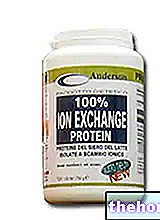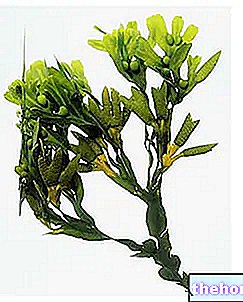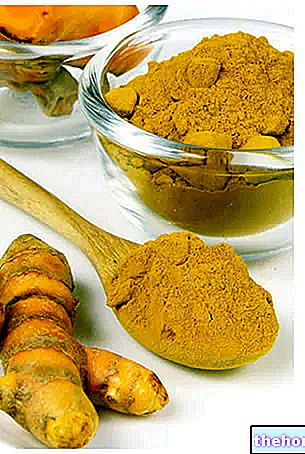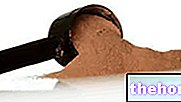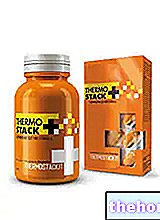Citrulline is a non-ordinary, non-essential alpha amino acid. While not directly participating in protein synthesis, citrulline performs important functions in the body as a key intermediate in the urea cycle, through which mammals eliminate superfluous amino groups.
Citrulline can be:
- taken through the diet: the watermelon is particularly rich in it, especially in the green outer shell; citrulline was isolated and discovered in 1930 from watermelon
- synthesized from ornithine and carbamyl-phosphate in one of the central reactions of the urea cycle
- Synthesized starting from arginine as a by-product of the reaction operated by enzymes, called NO synthase (NOS), which produce nitric oxide starting from arginine.
Recent scientific evidence suggests that the supplementation of L-Citrulline may be particularly useful for increasing the levels of arginine in the blood, available for the synthesis of nitric oxide and for other amino acid functions.

Arginine is a semi-essential amino acid, which unlike ornithine is widely present in food; only 5-15% of the circulating levels of arginine would in fact derive from the ex-novo synthesis in the organism.
After oral intake, arginine is subject to extensive pre-systemic and systemic elimination, for example by the intervention of intestinal bacteria and hepatic and intestinal arginases which convert it into ornithine and urea. These factors significantly reduce the amount of arginine available for the synthesis of nitric oxide and for the other functions it is responsible for, limiting the effectiveness of a specific oral supplementation.
The amino acid citrulline is not subject to the presystemic and first pass elimination just described, and can be converted first into argininosuccinate, then into arginine acting as a precursor of this amino acid.
- Administration of citrulline significantly increases both plasma arginine and citrulline levels in a dose-dependent manner.
At the same dosage and route of administration (by mouth), citrulline would guarantee an increase in blood arginine levels almost double compared to the same dose of slow-dose arginine, and about 20% higher than those of the same dose of immediate-release arginine [1].
For this reason, L-citrulline - generally salified with malic acid → citrulline malate - is often combined with various arginine salts to increase its ergogenic effect.
The vasodilation induced by nitric oxide could on the one hand be useful in the health field for the treatment of mild erectile dysfunction, and on the other hand promote an improvement in sports performance by increasing the supply of blood, therefore oxygen and nutrients, to the tissues involved in the effort. To this would be added the classic ergogenic effects of an arginine supplementation, among which we remember:
- Increased release of growth hormone;
- Increase in lean mass;
- Best sports performance;
- Increase of resistive capacities and maximum force.
- Increased recovery speed
In the literature there are very few scientific studies on the ergogenic properties of citrulline. In one study [2] 17 pre-professional level cyclists were divided into two groups: a placebo control and a second subjected to supplementation with 6 grams of sick citrulline two hours before exertion (a 137 km cycling stage ). By analyzing blood samples taken in baseline conditions, 15 minutes and three hours after the race, the researchers demonstrated that citrulline administration can increase post-exercise growth hormone levels and enhance the use of amino acids, in particular those with branched chain during exercise; moreover, it would help to increase the production of arginine metabolites, such as creatinine, ornithine, urea and nitrite, a clear sign of an effective metabolic conversion into arginine.
BIBLIOGRAPHY
[1] Institute of Experimental and Clinical Pharmacology and Toxicology, University Medical Center Hamburg-Eppendorf, Germany.
Pharmacokinetic and pharmacodynamic properties of oral L-citrulline and L-arginine: impact on nitric oxide metabolism.
Schwedhelm E, Maas R, Freese R, Jung D, Lukacs Z, Jambrecina A, Spickler W, Schulze F, Böger RH.
[2] Departament de Biologia Fonamental i Ciències de la Salut, University of Balearic Islands, Palma de Mallorca, Illes Balears, Spain.
L-citrulline-malate influence over branched chain amino acid utilization during exercise.
Sureda A, Córdova A, Ferrer MD, Pérez G, Tur JA, Pons A.

